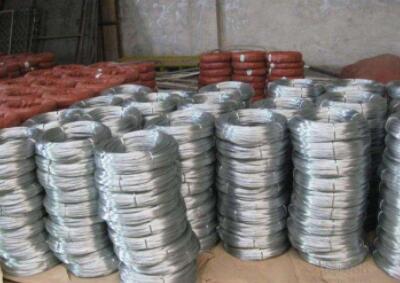Understanding Drywall Screws for Ceiling Installation
When it comes to finishing a ceiling, using the right materials is crucial for achieving a sturdy and professional-looking result. Among these materials, drywall screws play a key role in ensuring the drywall panels are securely attached to the ceiling joists. In this article, we will delve into the specifics of drywall screws for ceilings, including their types, sizes, installation tips, and best practices.
Types of Drywall Screws
Drywall screws are designed specifically for attaching drywall to wood and metal framing. There are two primary types of drywall screws coarse-thread and fine-thread screws.
1. Coarse-thread screws are typically used for wood framing. Their thicker and wider threads allow for better grip in softwood materials, making them ideal for ceilings with wooden joists.
2. Fine-thread screws, on the other hand, are best suited for metal framing. They have tighter threads, which provide a stronger connection when attached to metal studs.
Additionally, drywall screws come in a variety of finishes, including black phosphate (which helps prevent rust) and zinc-coated varieties. Selecting the right type and finish is important based on the environment of installation, particularly in areas with high humidity.
Sizes of Drywall Screws
The length of drywall screws varies depending on the thickness of the drywall being used and the type of framing (wood or metal)
. Commonly used lengths for ceiling drywall installation are 1 1/4 inch, 1 5/8 inch, and 2-inch screws.- 1 1/4 inch screws are typically used for 1/2 inch drywall attached to wood framing. - 1 5/8 inch screws work well for thicker drywall or when added strength is needed. - 2-inch screws are often used for 5/8 inch drywall or when additional anchoring is required.
drywall screws for ceiling

It's essential to choose the correct length to avoid penetrating too deeply into the framing, which can damage the structure, or not reaching far enough to provide a secure hold.
Installation Tips
Installing drywall on ceilings can be challenging due to gravity and the weight of the panels. Here are some tips to make the installation process smoother
1. Use a Drywall Lift For installing ceiling drywall, a drywall lift can be extremely helpful. It allows one person to hold the panel in place, freeing both hands for screw placement.
2. Screw Spacing For ceilings, screws should be placed every 12 inches along the edges of the drywall panels and every 16 inches in the field (the middle area of the panel). This spacing helps minimize sagging and provides a strong hold.
3. Countersinking Screws Always ensure that the screws are countersunk slightly below the surface of the drywall. This allows for easy tape and mud application, which is important for finishing.
4. Avoid Overdriving Be cautious not to overdrive the screws since this can damage the drywall paper and compromise the holding strength. Using a screw gun with a depth setting can help control this.
Best Practices
When working with drywall screws, it is important to maintain an organized workspace. Keeping screws and tools neatly arranged can save time and reduce frustration during the installation process. Additionally, always wear safety gear, such as goggles and a dust mask, to protect yourself from debris.
In conclusion, choosing the appropriate drywall screws for ceiling installation is vital for ensuring a secure and durable finish. By understanding the types, sizes, and installation practices, you can achieve a professional-grade ceiling that enhances the overall aesthetic of your space. Whether you are a seasoned contractor or a DIY enthusiast, taking the time to select the right screws and techniques will pay off in the long run.

















